"Coffee Gentleman" what producing areas does Tanzania have? Characteristics of Tanzanian coffee
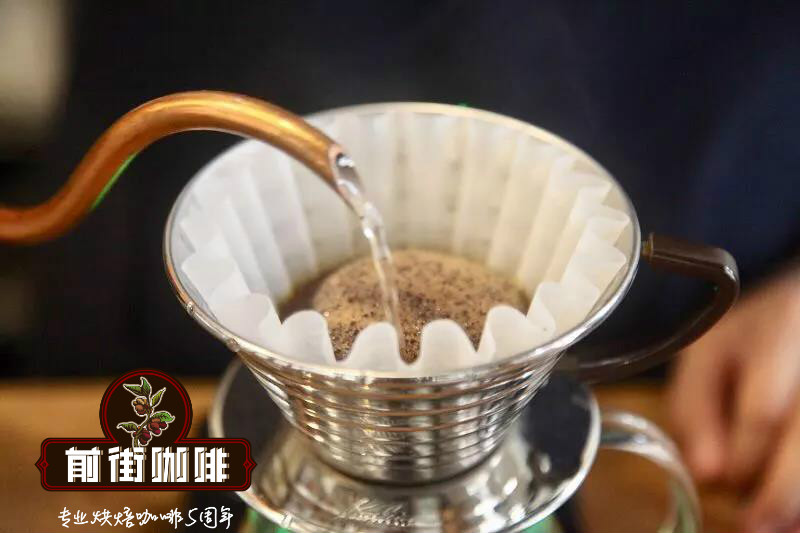
Professional coffee knowledge exchange more coffee bean information please follow the coffee workshop (Wechat official account cafe_style)
When it comes to coffee in Africa, I always think of Ethiopia and Kenya. I wonder if you have ever heard of Tanzanian coffee. Or Kilimanjaro coffee? Today, the editor will join you to take a look at Tanzania! See how unique the coffee here will be!
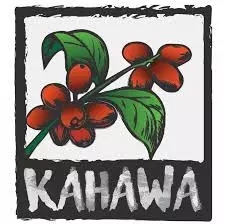
In Tanzania, coffee is called kahawa (Kahawa). Tanzania is a typical East African country, bordering Kenya and Uganda to the north, Malawi, Mozambique and Zambia to the south, and Rwanda and Burundi to the west. In fact, the history of coffee here is quite long, and its coffee planting area is not small, with a total planting area of about 250000 hectares.
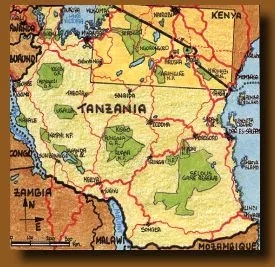
Although not as famous as Kenyan beans, its annual output is almost equal to that of Kenya, with an annual output of 50, 000 tons. The earliest Arabica seeds were introduced from R é union French island of Reunion and planted in Bayamoyo and Mogoro. Beans planted on the slopes of Kilimanjaro became the most successful coffee beans in 1893, and other varieties were introduced from neighboring Burundi in western Tanzania in the 1950s. At present, the main species account for 75% in high-altitude areas, but local wild coffee still appears one after another.
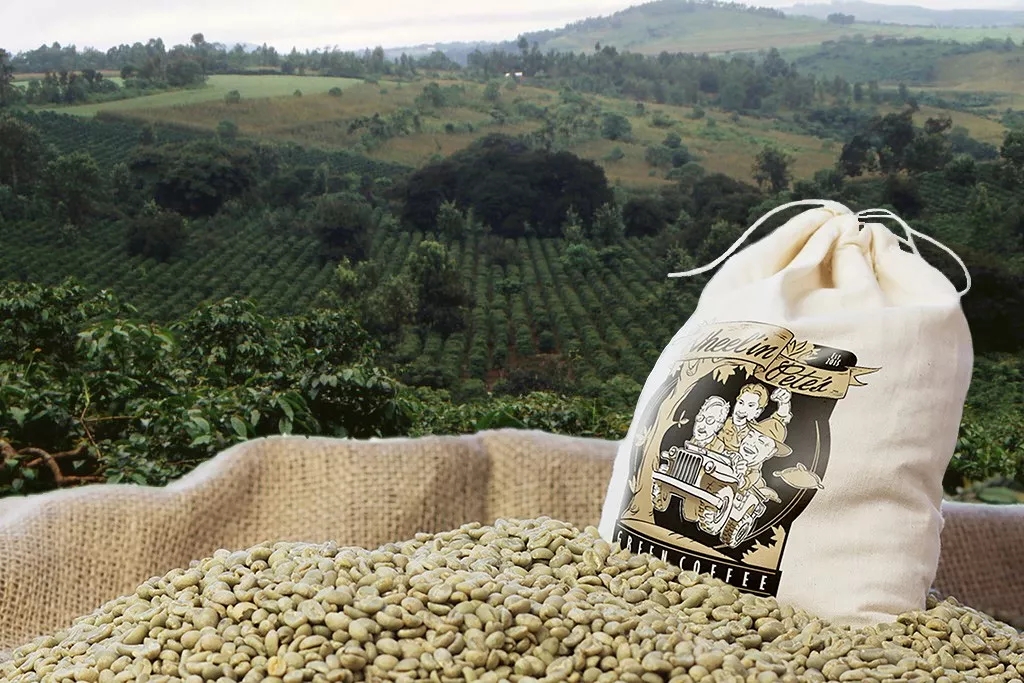
Unlike most African countries, coffee bags in Tanzania are not common jute bags, but rough fiber bags made from tequila leaves because the local government banned the use of jute bags to protect Tanzania's sisal industry.
| | planting variety |
The most common varieties of coffee grown in Tanzania are bourbon, tin pickup and Kent.
Bourbon (Bourbon)
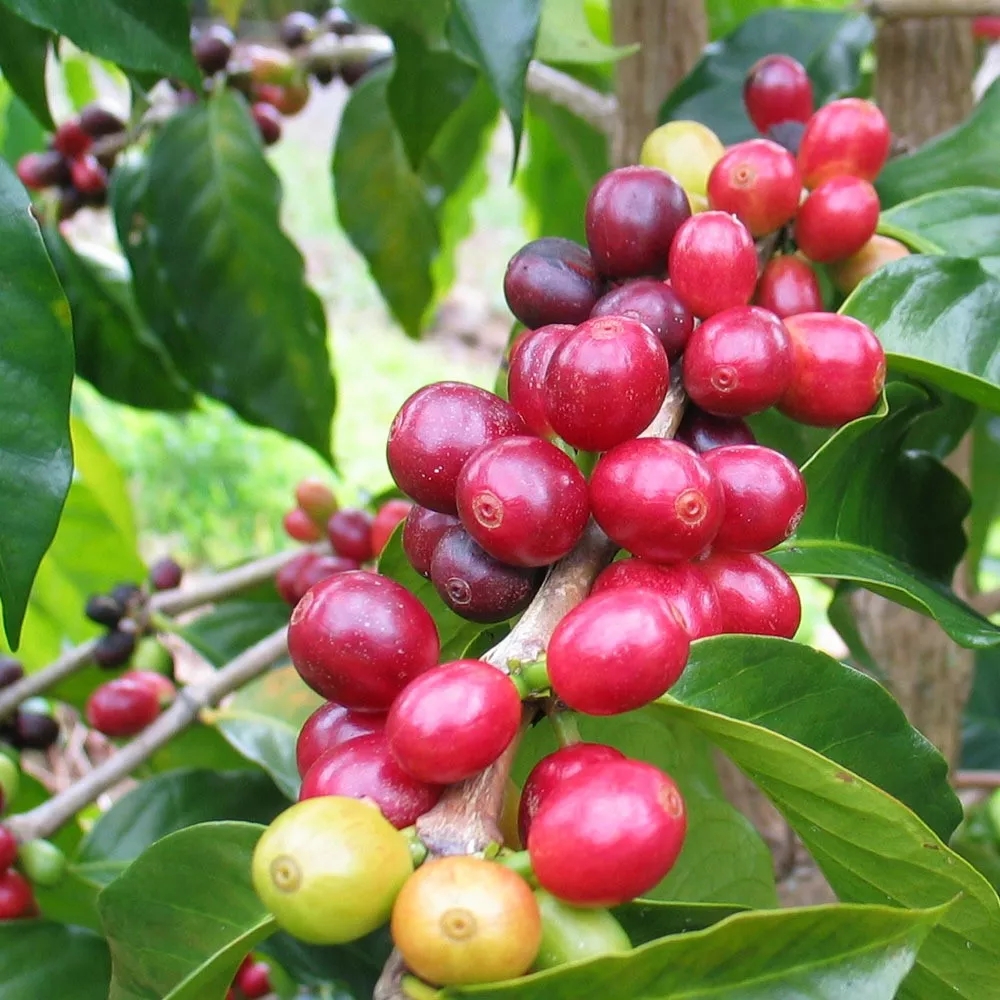
Generally speaking, when we talk about bourbon species, we mostly mean red bourbon. Because after the red bourbon general coffee tree blossoms and bears fruit, the color change of the coffee fruit is: green > turn yellowish > turn slightly orange > turn mature red > turn more ripe dark red, so some people also say that [red bourbon] is planted in the bourbon at high altitude. it usually has a better aroma, while the acid is brighter, and it even tastes like red wine.
Iron pickup (Typica)
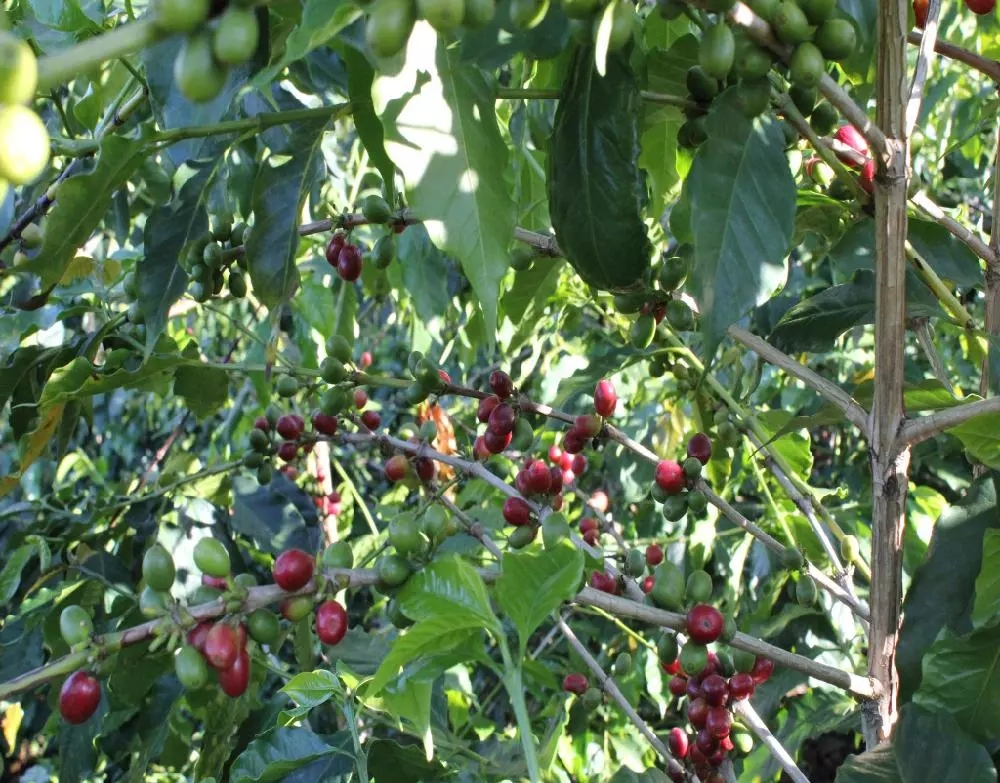
It has excellent taste and is recognized as a boutique coffee variety, but its yield is very low and it is vulnerable to rust, so more manpower management is needed. Tieka Coffee, native to Ethiopia and southeastern Sudan, is the most widely cultivated variety of coffee in the Western Hemisphere. The plant is strong, but it is not resistant to light. The top leaf of the iron pickup is red copper, which is called red top coffee.
Kent (kent)
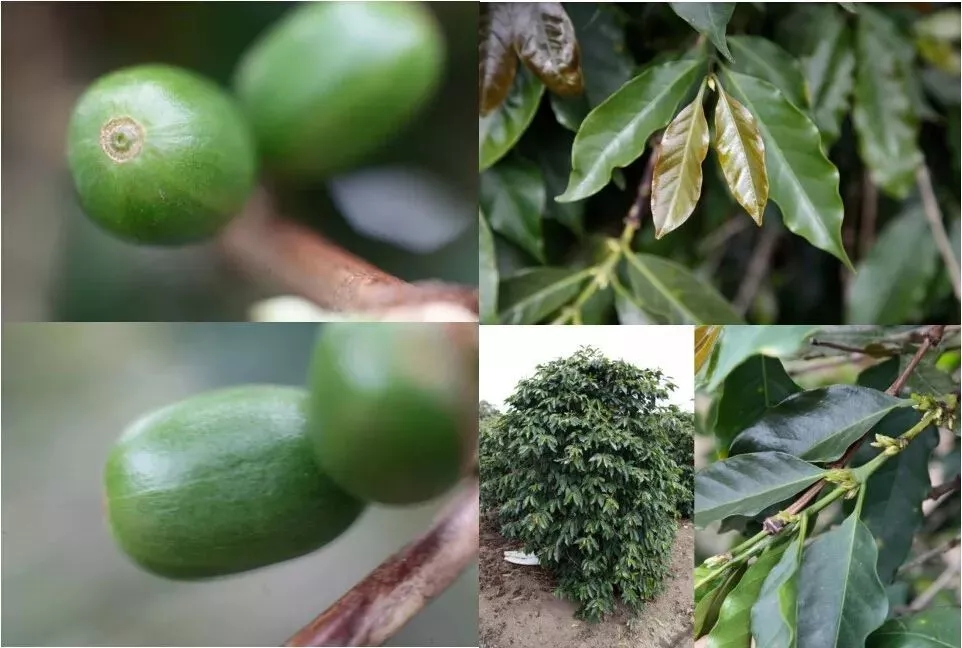
The Tibica hybrid, a hybrid of S288 and iron pickup, was found in the Kent Cafe Garden in Mysso, India in 1911, with high yield and rust resistance. The aroma of coffee is thicker than that of bourbon, and it has been introduced to new world producing countries such as Kenya and Indonesia.
| | handling method |
Raw beans in Tanzania are mainly washed.

Water washing is the most widely used treatment method at present, which uses the methods of washing and fermentation to remove the peel, pulp and mucous membrane.
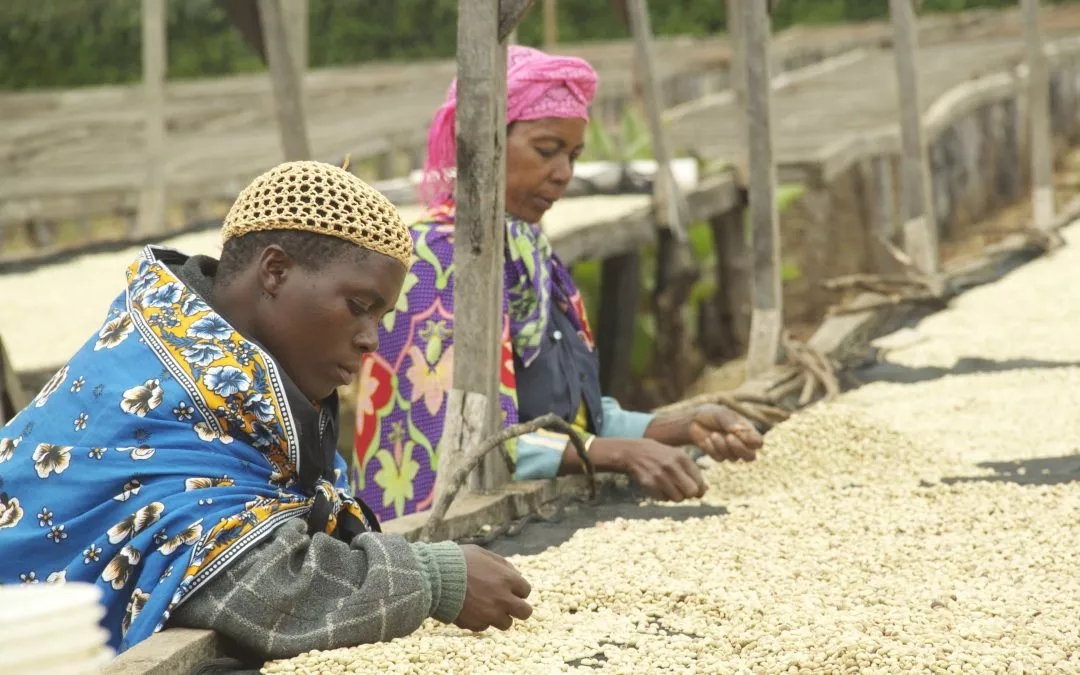
Washing method: selecting → to remove pulp → fermenting → washing → drying → shelling → selection and classification.
| | rating |
Tanzania is graded in the same way as Kenya, according to the size and flavor of beans. The particle size is in the following order:
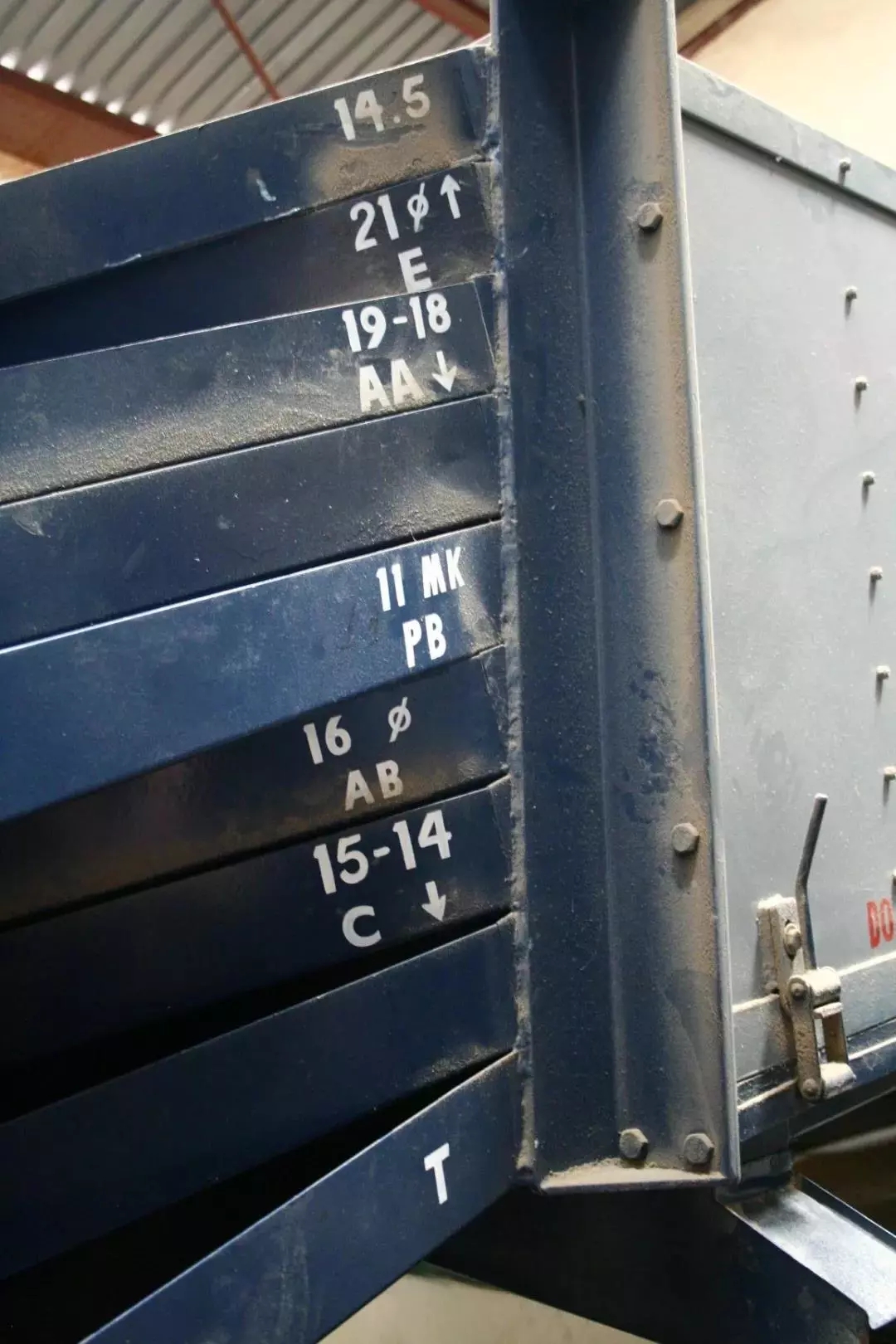
AA grade with excellent quality (flavor, taste) in AA Plus (AA+) cup
AA particle size (Screen Size) 17 Murray 18 size
AB particle size (Screen Size) 15 Murray 16 size, accounting for the majority of production
C particle size (Screen Size) is smaller than that of AB.
TT blows lighter beans from AA and AB beans with an airflow filter.
T from C-grade beans, lighter beans blown by an airflow filter.
E Elephant Bean is a large mutant bean, also known as Elephant ear.
UG does not meet the above criteria
PB Peaberry, classified by appearance, independent of flavor weight
The flavor grades are as follows:
TOP 、 PLUS 、 FAQ
FAQ-- "Fair to Average Quality" will have some slight defective beans, but does not affect the flavor.
| | production area |
The main producing areas are Mount Kilimanjaro and Mount Meru, which are two volcanoes with very fertile soil.
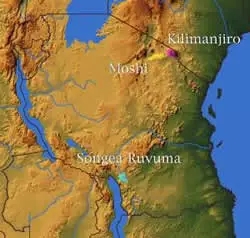
Kilimanjaro
Mount Kilimanjaro in Tanzania is 5895 meters above sea level and connected to Mount Meru. Coffee here grows between 1150 and 1500 meters above sea level and is the main production base of Kilimanjaro coffee. Mount Kilimanjaro is the highest peak on the African continent and the only snowy peak on the earth located on the equatorial line. The rich volcanic ash gives the coffee here a strong texture and soft acidity, with the characteristics of typical African coffee beans.
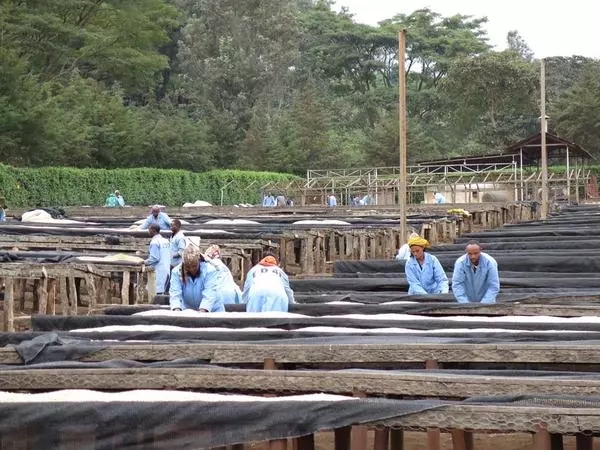
The coffee producing areas in Tanzania are Moshi, Mbeya and other producing areas around the foothills of Kilimanjaro in the north, while the Songea-Ruvuma area where the Ruvuma river flows to the south.
ARUSHA (Arusha)
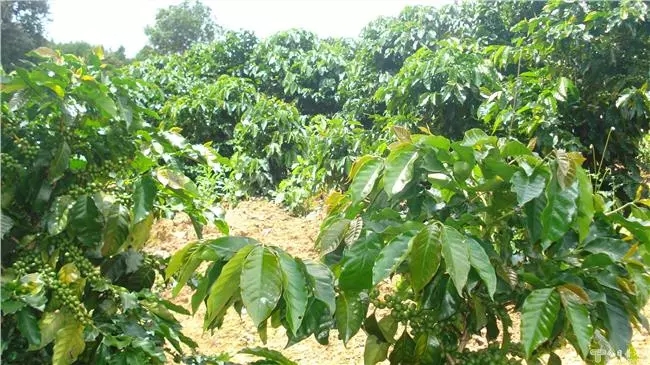
Arusha is adjacent to the producing area around Kilimanjaro Mountain. This area surrounds the Meru active volcano, which has been silent since 1910.
Altitude: 1100mi / m 1800m
Harvest time: July-December
Variety: Kent, bourbon, tin pickup
Ruvuma (Rovuma)
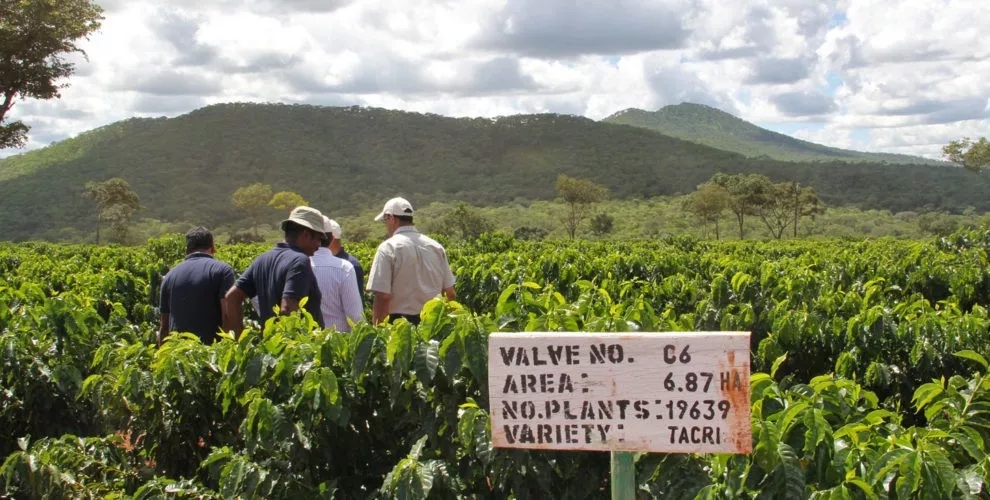
This area is located in the southernmost part of Tanzania and its name comes from the ruvuma River. Coffee is grown in the Mbingo region and is considered to be a potential producer of high-quality coffee, which has been hampered by a lack of funds in the past.
Altitude: 1200 Murray 1800m
Harvest time: June-October
Varieties: Kent, bourbon, N5 and N39 derived from bourbon
| | KNCU&TCMB |
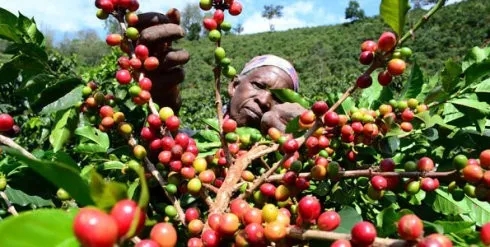
In the past, the coffee industry in Tanzania has been dominated by manor cultivation, but now more than 85% are grown by small farmers.
Many small farmers are combined into cooperative organizations, the most important of which is the Kilimanjaro Cooperative Alliance (Kilimanjaro Cooperative Union, referred to as KNCU). Tanzanian coffee is sold by the Tanzanian Coffee Management Council (Tanzanian Coffee Marketing Board, TCMB) to private exporters by auction.
In the 1980s, most coffee sales in Tanzania changed from auctions to being sold directly to the Coffee Management Committee of Tanzania, and the coffee industry is being reformed to allow individuals or groups to buy coffee in the future. at that time, coffee will have to be graded in different ways in order to attract buyers from Germany, Finland, Belgium and Japan.
Important Notice :
前街咖啡 FrontStreet Coffee has moved to new addredd:
FrontStreet Coffee Address: 315,Donghua East Road,GuangZhou
Tel:020 38364473
- Prev
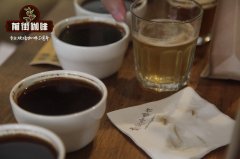
Ethiopian Coffee Export Ethiopia Coffee grading system
For more information on coffee beans, please follow Coffee Workshop (official Wechat account cafe_style) [Export of Ethiopian Coffee] according to Ethiopian decree, there are three coffee export systems: (1) the largest privately owned processing plant system for export through ECX bidding, (2) cooperative system, and (3) single farm system. In these three systems, cooperatives
- Next
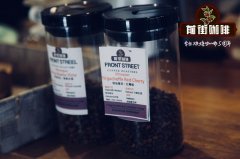
The price of Yunnan coffee is Yunnan coffee expensive?
Professional coffee knowledge exchange more coffee bean information please follow the coffee workshop (Wechat official account cafe_style) in metropolises, tens of yuan a cup of coffee is rare. However, in Yunnan Province, the main coffee producing area in China, the purchase price of coffee beans is about 15 yuan per kilogram. According to the figures released by the Yunnan Coffee Association, enterprises bought from farmers during the 2015-2016 harvest season.
Related
- Detailed explanation of Jadeite planting Land in Panamanian Jadeite Manor introduction to the grading system of Jadeite competitive bidding, Red bid, Green bid and Rose Summer
- Story of Coffee planting in Brenka region of Costa Rica Stonehenge Manor anaerobic heavy honey treatment of flavor mouth
- What's on the barrel of Blue Mountain Coffee beans?
- Can American coffee also pull flowers? How to use hot American style to pull out a good-looking pattern?
- Can you make a cold extract with coffee beans? What is the right proportion for cold-extracted coffee formula?
- Indonesian PWN Gold Mandrine Coffee Origin Features Flavor How to Chong? Mandolin coffee is American.
- A brief introduction to the flavor characteristics of Brazilian yellow bourbon coffee beans
- What is the effect of different water quality on the flavor of cold-extracted coffee? What kind of water is best for brewing coffee?
- Why do you think of Rose Summer whenever you mention Panamanian coffee?
- Introduction to the characteristics of authentic blue mountain coffee bean producing areas? What is the CIB Coffee Authority in Jamaica?

